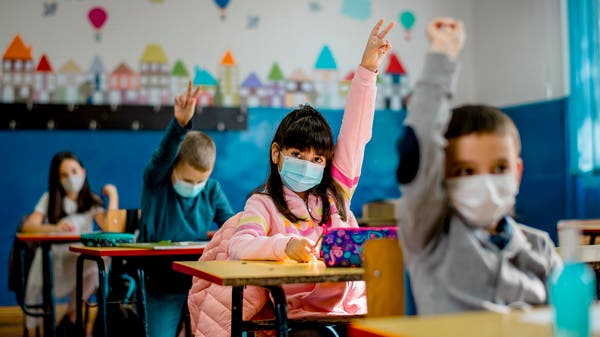The “respiratory syncytial” virus, which has recently spread strongly in Egyptian schools, has restored the atmosphere of panic that accompanied the spread of the Corona in the last two years in Egypt, in light of the growing virus infection among children, which is similar to flu and crown.
And its symptoms, similar to the Corona virus, being a respiratory disease, have caused a state of panic among parents, and on social networks they invite the government to close schools or postpone exams and to neglect the absence of students from classes.
According to a survey conducted by the Preventive Medicine Sector of the Egyptian Ministry of Health on a large number of children with respiratory symptoms, 73 percent of them tested positive for respiratory syncytial virus. The head of the sector, Amr Qandil, explained in statements to the media that 95 percent of infected children are under three years old, especially those with weak immune defenses, noting that the virus “is not new and becomes active every year in the autumn period, and remains in the patient’s body for five days.”
The health ministry had warned of the spread of respiratory viruses between seasons, infecting large numbers of children.
Syncytial virus symptoms
The syncytial virus causes infections in the respiratory system, as the infection usually reaches its peak in late autumn or winter, and its symptoms are similar to colds, flu and corona, as they are all respiratory diseases and often appear after several days of infection, as symptoms can begin to appear after four to six days of exposure to the virus, and although younger children are more susceptible to infection, it also infects adults and leads to many signs that are similar to the common cold.
Symptoms of the virus, in more severe cases, include fever, severe cough and wheezing (a high-pitched sound usually heard when breathing out), as well as rapid breathing or difficulty breathing, as well as the appearance of a blue color on the skin due to lack of oxygen (cyanosis). The virus can spread to the lower respiratory tract, causing inflammation of the lungs or bronchi, which are the small airways that lead to the lung.
Although Hossam Abdel Ghaffar, a spokesman for the Egyptian Health Ministry, confirmed that it was a “contagious virus”, he considered that it was “not an epidemic that requires closure like Corona”, adding in televised statements that “every 100 infected with syncytial virus, there are about 98 who either have no symptoms or have symptoms in the respiratory system.” The upper has diminished with treatment.
Abdul Ghaffar pointed out that only two percent of people with a cold can lead to pneumonia, a continuous rise in temperature for three days that does not respond to reducers and difficulty breathing, stressing that he has no specific treatment and is treated with the flu medications, not antibiotics, and that the method of recovery is like treatment for the flu by staying at home and boosting immunity by eating healthy, drinking fluids, and continuously disinfecting hands and surfaces, while there is no vaccine for respiratory syncytial virus .


